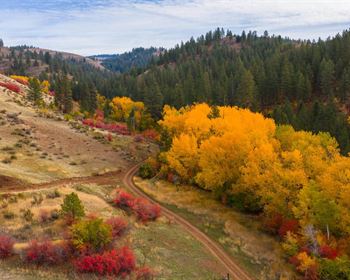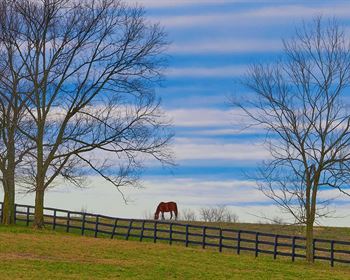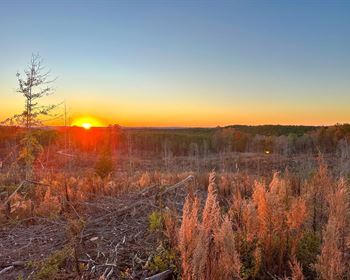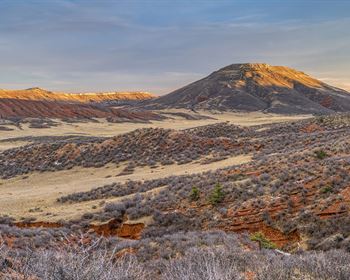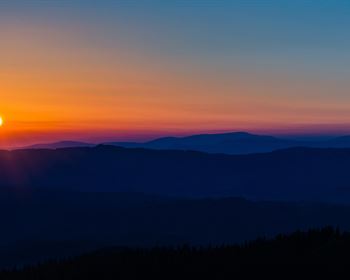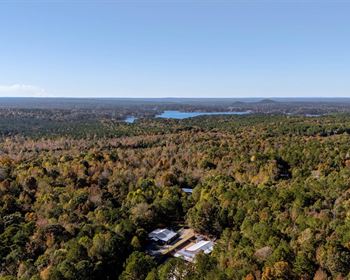Herring Brook Forest
Herring Brook Rd. : Moretown, VT 05660
Chittenden County, Vermont
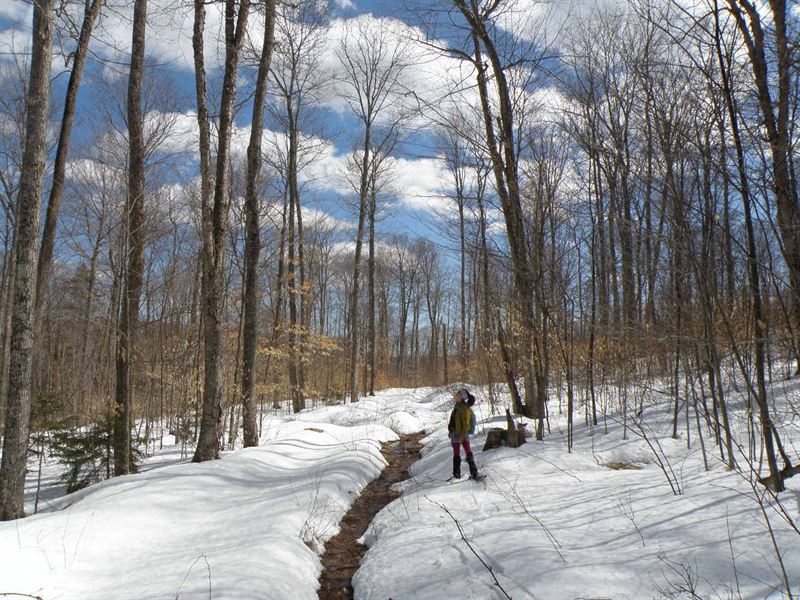
Ranch Description
Situated in the north-central part of Vermont, the forest occupies much of the central portion of Moretown township, a rural, largely forested landscape; adjacent to the capital city of Montpelier. Montpelier, 6 miles east, offers numerous shops and restaurants, a lively cultural scene, several colleges, state government and an array of employers. There are numerous hiking and biking trails throughout the region, and 4 alpine ski areas within an hour's drive. Burlington, the state's largest city, is a 50-minute drive to the northwest. Boston is 3 hours southeast of the property.
Topography is varied, however the majority of slopes are gentle to moderate. Areas of steep slopes can be found on terrain leading up to hill tops and along streams. Many of the areas adjacent to Herring Brook and Lynch Hill Roads are level, former cropland that was planted to softwood species in the 1950s. Elevations peak at 2000' atop Chase Mountain, and are at their lowest point at 1,000' where Herring Brook flows off the forest. Well-drained, upland soils predominate.
This timberland investment has been carefully managed for 30 years, with third-party FSC certification covering the last 10 years, yielding one of the finest timber resource tracts in the region. The asset appreciation management regime has focused growth on chosen species, favoring the highest stem quality, and producing a crop that is at or nearing maturity. The standing timber has a current value of species composition is dominated by hardwoods (73%), with softwoods holding the balance (27%). Species composition for all products combined mirrors that of a managed northern hardwood forest type, with the exception of the planted pine stands. Overall volume is led by sugar maple (35%), with the major associated species consisting of red maple (13%), white pine (13%) and yellow birch (8%).
The sawlog volume breakdown is similar; however, pine and spruce hold a higher sawlog component. The past forest management has had a noticeable impact on reducing the American beech component, which was considerably higher when management began 30 years ago.
Since the tenure of the current owner began in 2008, forest management activity in the form of thinnings, shelterwoods and group selection treatments has been completed on roughly 85% of the acreage. A relatively small portion of the acreage was treated by an overstory removal, limited to part of the mature softwood plantations. This forest management activity focused growth on the best stems, primarily favoring healthy trees of selected desirable species with large diameters. Pine plantations occupy roughly 160 acres with standing volumes well over 10,000 MBF/acre. Fully-stocked, high-quality northern hardwoods stands, where sugar maple is the primary species, cover roughly 1,090 acres. The previously-treated hardwood stands are currently in a free-to-grow state with no thinning activity required over the next 10 years. The softwood plantations can be harvested at any time.
